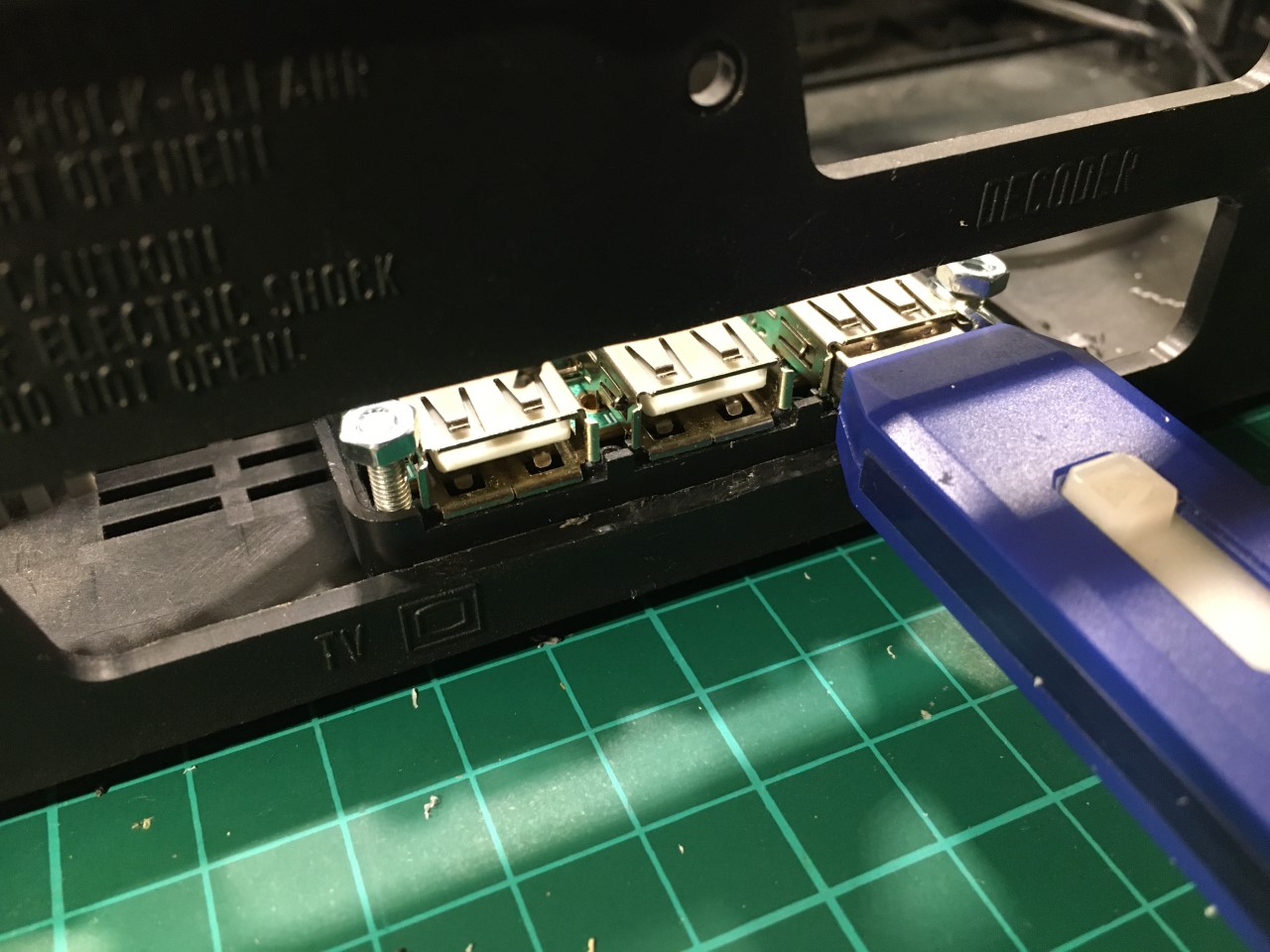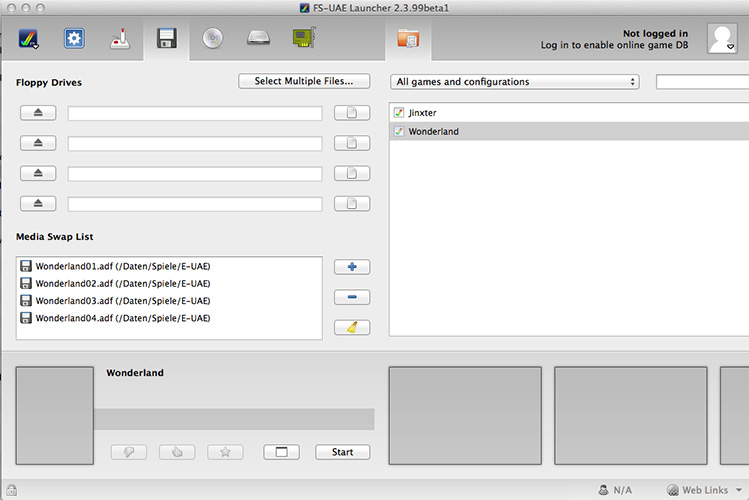

- Amiga emulator requested size is too small how to#
- Amiga emulator requested size is too small software#
) īOOL CopyMemDMATagList ( CONST_APTR pSourceBuffer, APTR pDestBuffer, uint32 lBufferSize, const struct TagItem *tags ) Three API calls make up the FslDMA API CopyMemDMA(), CopyMemDMATagList() and CopyMemDMATags().īOOL CopyMemDMA ( CONST_APTR pSourceBuffer, APTR pDestBuffer, uint32 lBufferSize ) īOOL CopyMemDMATags ( CONST_APTR pSourceBuffer, APTR pDestBuffer, uint32 lBufferSize, uint32 TagItem1. The API provided by the fsldma.resource current consists of: The fsldma.resource API is provided automatically in the kernel for all supported machines (Currently the AmigaONE X5000/20, X5000/40 and A1222). If all eight DMA Channels are busy processing their requested transactions when further DMA copy requests arrive, they will each be assigned a DMA Channel to wait on (managed via a Mutex lock on each Channel) and will block until allowed to add their DMA transaction to the Channel's queue. The handler task then signals back to the original caller, which returns to the user with a success or failure result.Īll eight DMA Channels can handle each a single block transaction or an entire chain of block transactions before it signals completion and returns to the original caller. A dashed line of the matching color indicates an Interrupt line signaling the respective DMA Channel Handler with the completion of the transaction. In the diagram above, a separate color indicates a distinct data path from the caller through the DMA hardware to the system RAM. The hardware will then arbitrate the actual data move across these channels according to their respective bandwidth settings (usually 1024 bytes). As the diagram above demonstrates, there are two separate DMA Engines available, each with four channels that may be programmed at the same time.

When multiple user calls requesting a DMA copy arrive at once, each one is handed to a dedicated DMA Channel handling task for processing. How multiple simultaneous DMA copies are handled This single tasking behavior is the simplest to use and what is normally expected by most applications using a memory copy function. This provides a basic blocking function, which only returns to the caller once that data has been copied. It will then return to the caller with the result. The DMA Transaction is then programmed into the DMA Engine which owns the available DMA Channel.Īt this point the calling task will Wait() until it hears the transaction has been completed. What a call to perform a DMA copy does internallyĪs shown in the above diagram, when the user makes a call to request a memory copy be performed by the DMA hardware, the next available DMA Channel is selected for use and a DMA Transaction (source, destination and size) is constructed. If all other DMA Channels on a given DMA Engine are idle when arbitration would take place, the hardware will not arbitrate control to another Channel, but simply continue processing the transaction(s) for the Channel it is on. This means that after completing a transfer of 1024 bytes (for example), the hardware will consider switching to the next Channel to allow it to move another block of data, and so on in a round-robin fashion. The DMA Engines automatically arbitrate control between each DMA Channel following programmed bandwidth settings for each Channel (typically 1024 bytes). This provides the ability to have a total of eight DMA Channels working at once, with up to two DMA transactions actually being executed at the same time (one on each of the two DMA Engines).įurther, each of the four DMA Channels found in a DMA Engine may be individually programmed to handle either a single transaction, a Chain of transactions, or even Lists of Chains of transactions. Each of these chips contains two distinct engines with four data channels each. The Direct Memory Access (DMA) Engines found in the NXP/Freescale p5020, p5040 and p1022 System On a Chip (SoC)s, as found in the AmigaONE X5000/20, X5000/40 and A1222 respectively, are quite flexible and powerful.
Amiga emulator requested size is too small how to#
This article describes the DMA engines available and how to use them. Some hardware targets include a DMA engine which can be used for general purpose copying.
Amiga emulator requested size is too small software#
Jamie Krueger, BITbyBIT Software Group LLC 5 Current fsldma.resource API release notes.



 0 kommentar(er)
0 kommentar(er)
